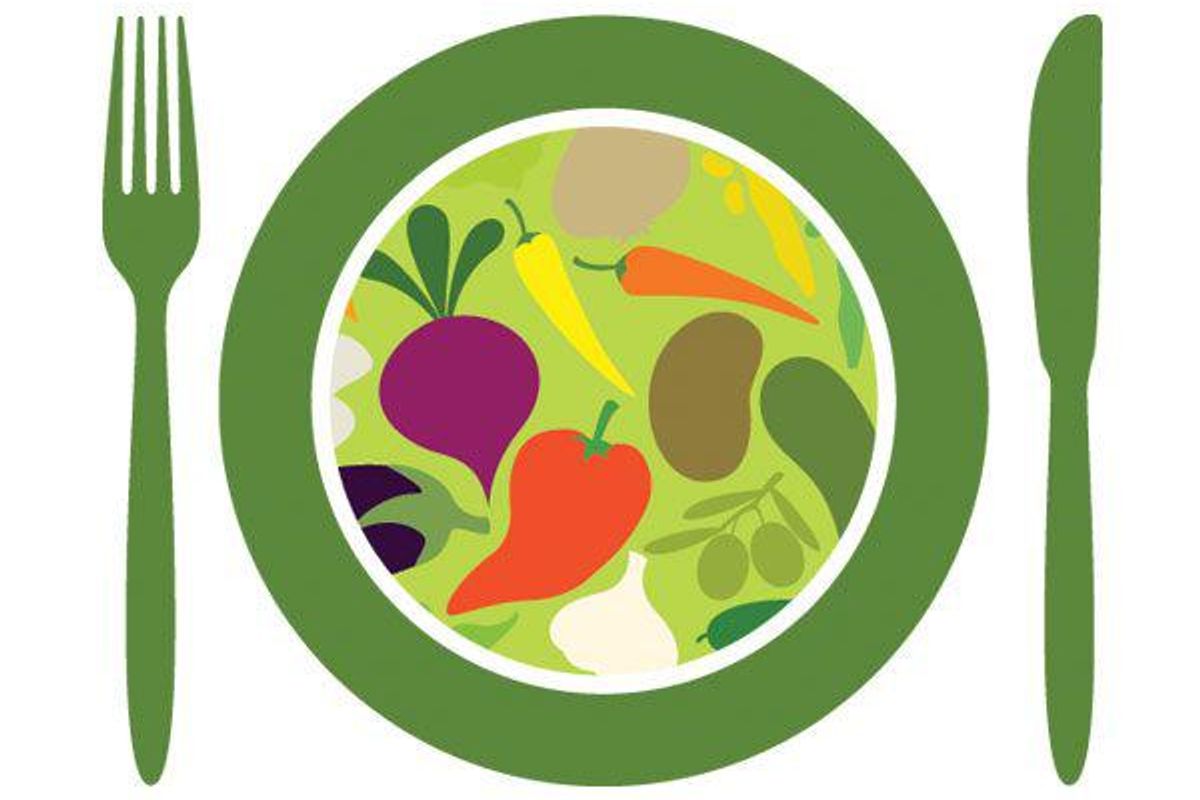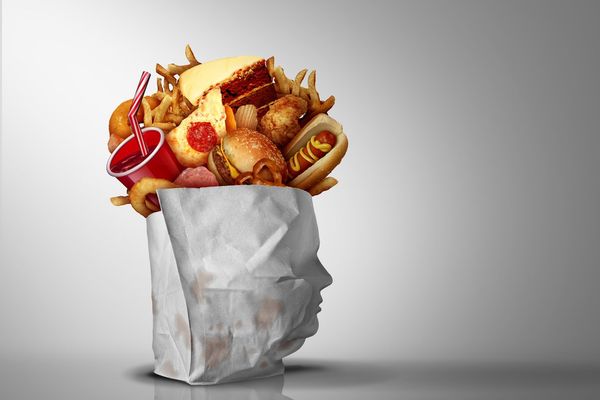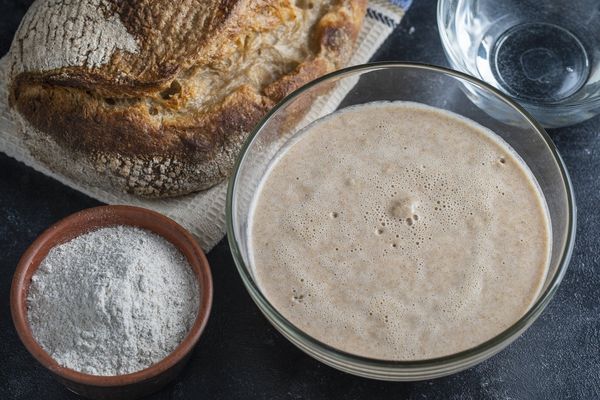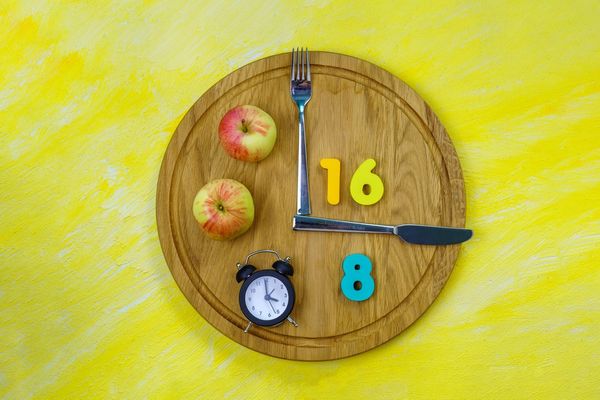Planning to eat a quick bowl of pasta topped with butter and cheese for dinner? That won't cut it if you're trying to eat a healthy, balanced diet. Instead, start with a whole-grain or multigrain pasta, cut back on the portion size, top it with sautéed veggies or tomato-based sauce with added veggies added and serve a piece of fruit for dessert. Now you're talking!
The average American diet is badly out of whack. Recently, the scientific committee working on updating the Dietary Guidelines for Americans reported that:
We eat too much sodium and saturated fat.
We don't get enough of vitamins A, D, E and C or folate, calcium, magnesium, fiber and potassium. For adolescent girls and premenopausal women, add iron to the shortfall list.
What does this mean? Most of us aren't adept at tracking how much of various vitamins and minerals we eat in a day. Many health care professionals agree we'd be healthier if we'd follow this simple advice from author and activist Michael Pollan: "Eat food. Not too much. Mostly plants."
And by "eat food," he means "real food"—not processed, refined foods that are barely identifiable. As Pollan puts it, "Don't eat anything your great-grandmother wouldn't recognize as food."
If you want to improve your diet based on advice in the Scientific Report of the 2015 Dietary Guidelines Advisory Committee, here's a good place to start: Reduce your sodium and trans fatty acids.
An easy way to reduce sodium intake is to stop adding salt to your food in cooking or at the table and reduce the processed foods you consume. Most of our daily sodium comes from processed foods (canned, packaged or frozen items, deli meats, prepared take-home dishes) and meals eaten at restaurants, whether fast-food or sit-down. For more information, check out How to Shake the Salt Habit.
To reduce trans fat, first know it also hides out in many places. It occurs naturally in small amounts in the fatty parts of meat and dairy products. But it can come from foods that contain partially hydrogenated oil. Food manufacturers use artificial trans fat to increase the shelf life, stability and texture of certain foods. Though it may make foods taste good, it's really bad for our health, raising low-density lipoprotein (LDL, or "bad") cholesterol and increasing risk for heart disease and other health problems.
Many manufacturers and fast-food chains have removed or reduced the trans fat used in their products. Some of the worst offenders remaining are fried items at fast-food restaurants, savory snacks (like microwave popcorn), frozen pizzas, cakes, cookies, pie, margarines and spreads, ready-to-use frosting and coffee creamers.
Always read food labels carefully. Limit foods that are high in sodium or contain trans fat—and remember: trans fat may be labeled as partially hydrogenated oil.
Now, how about those nutrients we need more of? Experts generally agree that it's better to get necessary vitamins and minerals through a well-balanced diet, when possible, but some nutrients may be hard to get through food alone. If you think your diet may be lacking, talk to your health care professional about what supplements may be right for you.
If all of this nutritional information is too much to keep up with, the advisory committee says most of us should just eat more vegetables, fruits, whole grain and dairy, and less refined grains and added sugars. Simple.
The following infographic shows ways to increase your intake of the nutrients you may be lacking.








